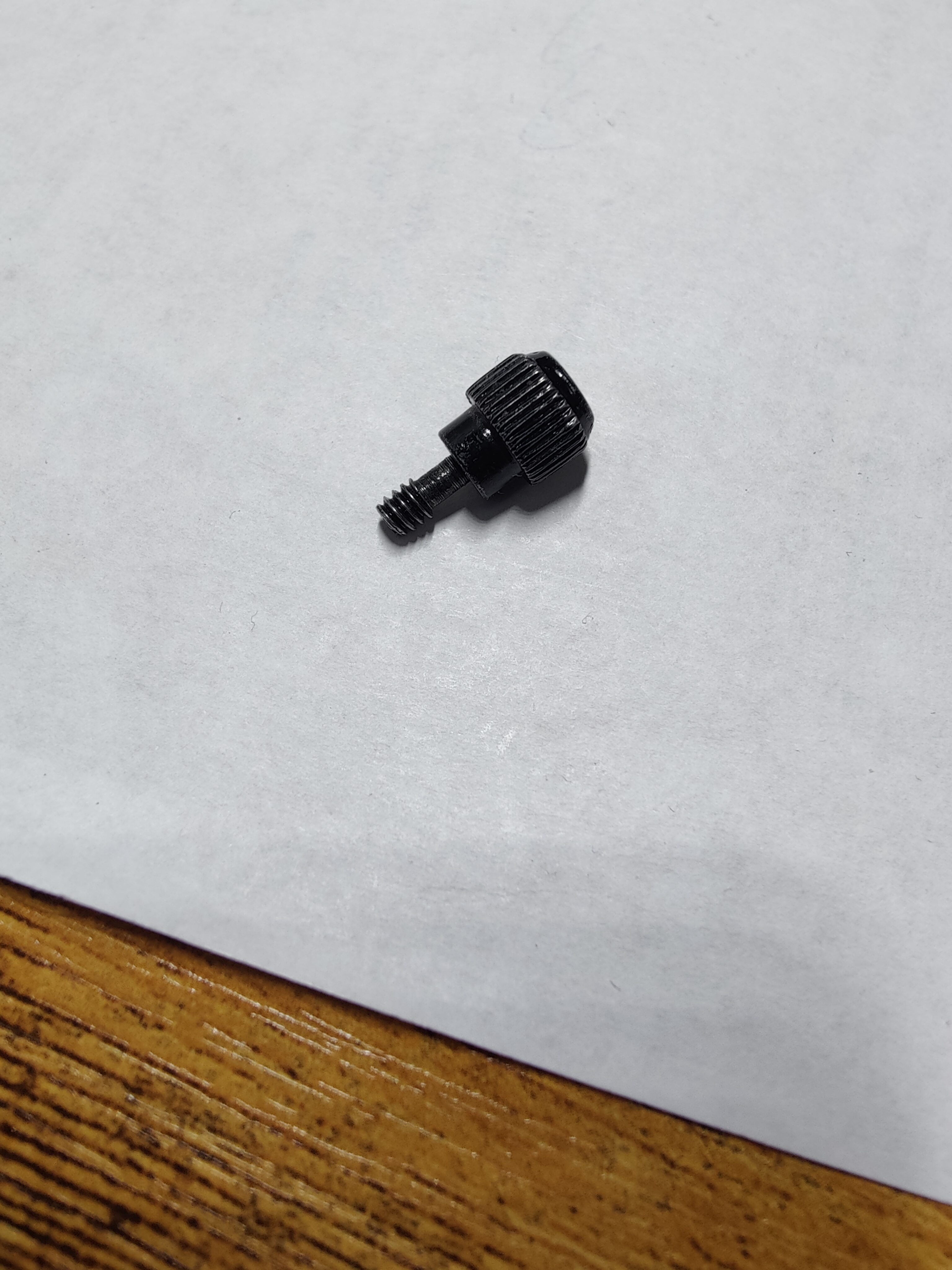this post was submitted on 09 Mar 2024
40 points (97.6% liked)
PC Master Race
15155 readers
1 users here now
A community for PC Master Race.
Rules:
- No bigotry: Including racism, sexism, homophobia, transphobia, or xenophobia. Code of Conduct.
- Be respectful. Everyone should feel welcome here.
- No NSFW content.
- No Ads / Spamming.
- Be thoughtful and helpful: even with ‘stupid’ questions. The world won’t be made better or worse by snarky comments schooling naive newcomers on Lemmy.
Notes:
- PCMR Community Name - Our Response and the Survey
founded 2 years ago
MODERATORS
you are viewing a single comment's thread
view the rest of the comments
view the rest of the comments


Unless it will drive you completely mad that they're not a perfect match for the stock screws, I'd just throw them in your pocket, head to a hardware store (probably going to have better luck at an Ace or True Value than a Home Depot or Lowe's, not sure what the nearest equivalents are in other countries if you're not in the US) and go find something that matches. They'll usually have a little thread gauge or you can just try some nuts, and once you know what thread size you're looking for, go through the bins and drawers until you find something that works. Something like a socket head cap screw would probably work if you strike out on thumb screws and threaded knobs and such, or hell, just some sort of regular screw or bolt if you don't mind needing a screwdriver or wrench.
If you strike out in-store, search on Amazon or somewhere like Grainger or McMaster Carr for a fastener with the right thread and length. (EDIT: based on the assumption that it's a 6-32 thread, and some rough guesses on the length, this might be a close fit)
My guess is that the unthreaded part of the shaft is to give a little extra clearance for loose tolerances, so you have some wiggle room if the hole in the panel doesn't line perfectly up with the rest of the case. You may not really need that, but if you find you do, you can probably just file or grind down that portion of the threads pretty easily. Easiest way to do that is probably to grab a little needle file set from harbor freight, pop the screw into a drill chuck, and go to town until it looks right.
If absolutely all else fails, you can always see if any hobbyist machinists in your area or online will turn you up a matching part on a lathe, or I guess you could pay a real machine shop to make one but that's probably gonna be pricier.